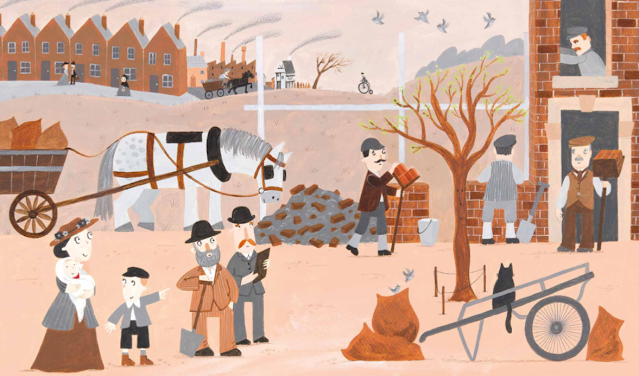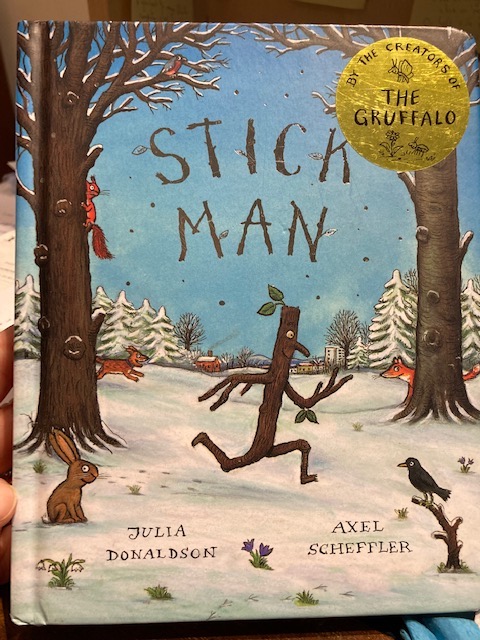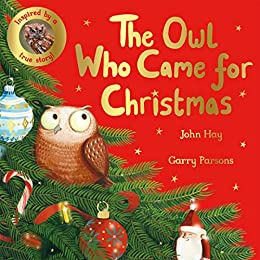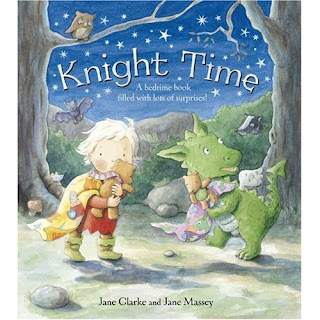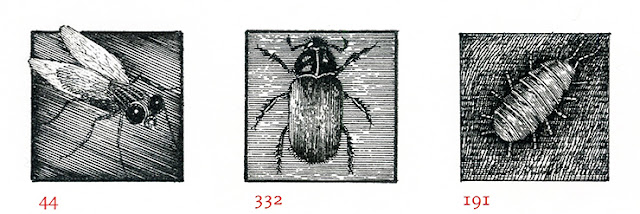'Tis the season to be merry and we would like to say a big thank you to all our readers and supporters this year.
To celebrate, we have each chosen a picture book that features a TREE!
Natascha Biebow

 |
| From The Christmas Angels by Else Wenz-Vietor |
 |
| "The tenth angles is the first to see (the tree for all the angels who do good things), and lights the candles on the tree." (From The Christmas Angels by Else Wenz-Vietor) |
In my family, which is originally from Northern Europe, we always had real candles like these on our tree. Even in Brazil where I grew up, where it's baking hot at Christmas time! The family tradition has kept on going. The warm candle-lit glow is a reminder of the spirit of Christmas family time and gratitude for small acts of kindness. Wishing you a happy festive season wherever you are!
Mini Grey
I'm choosing Adoette by Lydia Monks. It's not a Christmas tree, but a street tree who is celebrated in this book.
Lydia Monks was inspired to write the story of Adoette (whose name means 'large tree' in Native American) by the rampant tree-felling that went on in her home city of Sheffield from 2014. Adoette is a 100 year old tree.
When she was a sapling, she stood in a field, but then a city grew around her and she became a street tree. (How excellent that the Victorians retained existing trees when they built cities; there's a tree in Sheffield who was also originally in a field called Vernon Oak - you can follow this tree on twitter at @SAVEDORETREES) Adoette becomes a large mature street tree...but then people start to wonder if she's getting in their way....
I love street trees - they're our city forests. One big old tree can be a home to a vast number of organisms. Where people and nature come together, nature often seems to be considered inconvenient. Adoette is a plea to cherish our street trees. Let's give midwinter thanks for them!
Pippa Goodhart
Those who know me and my picture book tastes, know I have a fondness (ok, let's call it an obsession!) for books that merge the line between fact and fiction. Whether you refer to them as narrative non-fiction, faction or something else, there's so much inspiration in the real world.
The Owl Who Came For Christmas, written by John Hay and illustrated by our very own Picture Book Denner - Garry Parsons - is a great example of a picture book whose roots began in an incredible true life event.
Christmas is coming, and the decorations are going up…
But one family is about to discover an unexpected visitor snuggled up in their Christmas tree…
A little owl called Rosie!
Unfortunately for Croc, he is too late to see Santa, "It is Christmas Eve" the store manager reminds him. Feeling foolish, Croc wanders the town until he comes across skaters enjoying the ice around a huge Christmas Tree. Hoping to find a new friend to spend the holidays with, Melrose also ends up at the ice rink. The two collide, Crash!, into each other and the spark of a new friendship is born.



